Top 9 Countries That Produce the Most Gold
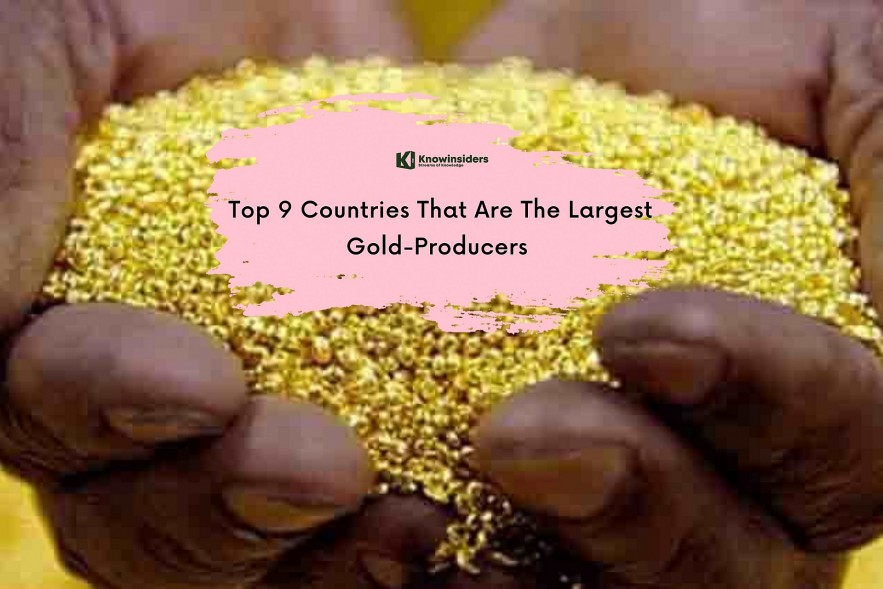 |
| Top 9 Countries That Are The Largest Gold-Producers In The World Today. Photo KnowInsiders |
| Table of Contents |
How much gold is mined each year?
Between all of the gold sources in the world, current estimates suggest that roughly 2,500 to 3,000 tons of new gold is mined each year. At present, experts believe that the total amount of above ground gold in the world stands at just over 190,000 tons.
How much gold has been found in the world?
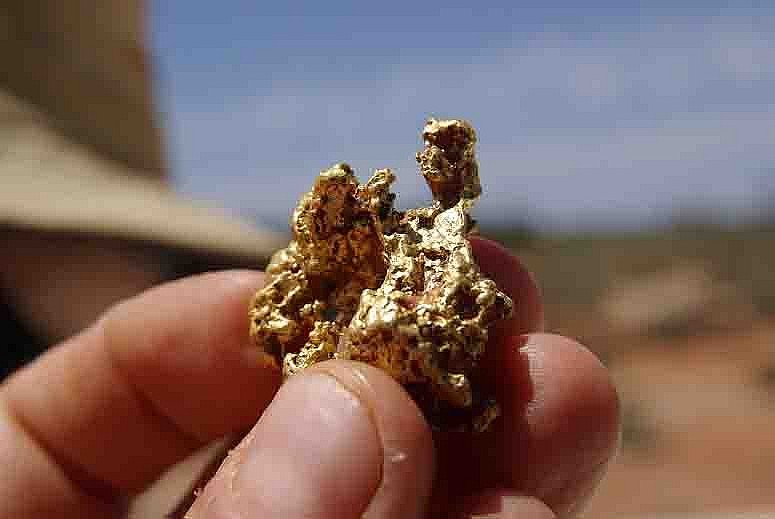 |
| Photo Geology pages |
Up until now, about 244,000 metric tons of gold have been found (187,000 metric tons produced historically plus 57,000 metric tons of current underground reserves).
Which countries produce gold coins ?
This website features the most well-liked ones. Most nations have produced gold coins at some point in their history over the ages. Furthermore, a number of nations, including Texas and California, Singapore, Britain, and Mexico, have produced contemporary bullion coins in recent years.
Are there still untapped sources of gold?
The rate of new gold discoveries has significantly decreased over the last 20 years. It was not uncommon to find new veins with deposits estimated to be worth at least 10 million troy ounces during the second half of the 20th century.
Large deposit finds are getting harder to come by, even though new gold veins are still being discovered. Because of this, the majority of gold produced today comes from older mines that have been used for many years. There may not be as many large, undiscovered veins in the world as there once were, but mining companies' declining investment in discovery is a contributing factor.
It's also critical to keep in mind that there is a difference between the total amount of gold in the Earth's crust and the total amount that could be extracted. Massive gold deposits that are too deep below the Earth's surface to be found, let alone extracted, most likely exist.
Similar to this, because of the harsh weather patterns on the continent and the difficulties posed by thick ice layers, it might never be profitable to mine some of the known gold deposits in Antarctica.
Throughout the world's oceans, there is also a sizable quantity of gold that cannot be profitably extracted. A large portion of these submerged deposits are suspended as microscopic particles in the seawater and are found within the ocean floor.
Top 9 Countries That Are The Largest Gold-Producers in The World
1. China
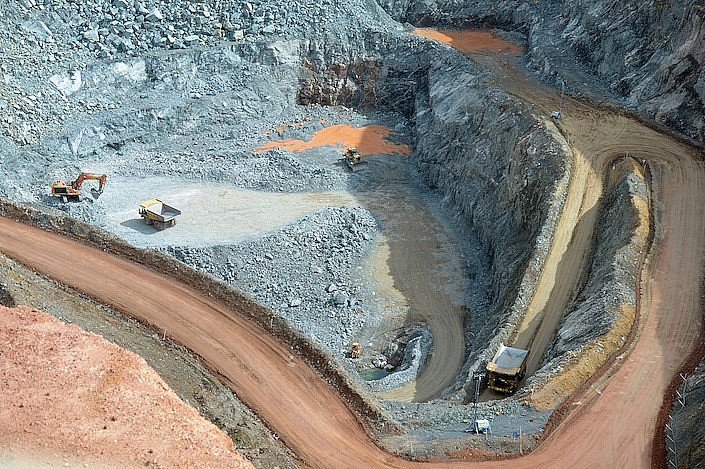 |
| Photo Caixin Global |
Mine production: 370 metric tonnes (MT)
Gold mining is a global business with operations on every continent, except Antarctica, and gold is extracted from mines of widely varying types and scale.
At a country level, China was the largest producer in the world in 2021 and accounted for around 9 per cent of total global production.
Five largest gold mines by production in China, according to GlobalData’s mining database:
Shaxi Copper Mine
The Shaxi Copper Mine is a underground mine located in Anhui. It is owned by Tongling Nonferrous Metals Group and produced an estimated 730.212 Thousand Ounces of gold in 2020.
Jiaojia Gold Mine
Located in Shandong, the Jiaojia Gold Mine is owned by Shandong Gold Group. The underground mine produced an estimated 231.66 Thousand Ounces of gold in 2020. The mine will operate until 2023.
Dayingezhuang Gold Mine
The Dayingezhuang Gold Mine is located in Shandong. It is owned by Zhaojin Mining Industry and produced an estimated 228.053 Thousand Ounces of gold in 2020.
Sanshandao Gold Mine
The Sanshandao Gold Mine, owned by Shandong Gold Group, is an underground mine located in Shandong. The mine produced an estimated 218.495 Thousand Ounces of gold in 2020. The mine will operate until 2028.
Zaozigou Gold Mine
Owned by Zhaojin Mining Industry, the Zaozigou Gold Mine is located in Gansu. It produced an estimated 207.101 Thousand Ounces of gold in 2020.
2. Australia
Mine production: 330 MT
Australia's gold production saw another excellent year in 2021, with 330 MT produced, a slight increase of 2 MT from the year before. The Pilbara region of Western Australia has seen recent exploration activity, which has rekindled interest and contributed to a rise in the nation's steady gold output.
Of the 14 largest gold mines in the world, 11 are located in the Australian state of Western Australia.
After iron ore, crude oil, and liquefied natural gas, gold mining is the fourth most common industry in this most productive state in Australia.
The Fraser Institute, a surveyor for Canadian mining companies, named Western Australia as one of the world's best mining regions, second only to Nevada in the United States.
Which country has the most gold?With 11,000 MT, Australia has the largest gold reserves in the world, followed by Russia with 6,800 MT. Nonetheless, the United States leads the world in central bank gold holdings, with 8,133.5 MT valued at US$528 billion. Most US central bank reserves are kept in "deep storage" at West Point, Fort Knox, and Denver. |
3. Russia
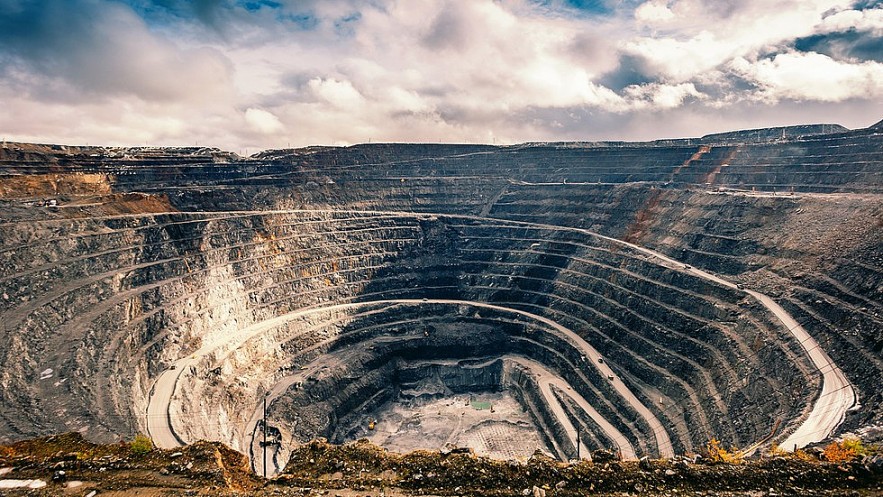 |
| Photo RT |
Mine production: 300 MT
Russia produces 80% of the gold produced in Europe, with Siberia and the country's eastern regions home to more than 50% of the nation's gold reserves.
Since the discovery of gold in the Ural Mountains of Russia in 1745, the nation has been a hive of activity for those who mine the "yellow metal." With estimated reserves of 5,500 tonnes, it is currently the third-largest producer of gold in the world, having produced 295 tonnes in 2018.
A collection of enormous nuggets has also been revealed by this enormous reserve of Russian gold. The first was the 6.35 kg "Devil's Ear Nugget" that was discovered in 2014. Then came the larger one, a 9.98 kg boulder discovered in 2017 in the isolated eastern Russian region of Khabarovsk Territory. However, the largest of all was the 36.2 kg giant known as "The Great Triangle Nugget," which contained 32.94 kg of fine gold. It was found in the Miass area of the southern Urals in 1842 by prospector Nikofor Syutkin, and it is thought to be the second-largest gold nugget in the world and the largest in Russia.
Russia was the world's third-largest producer of gold in 2021. With an estimated production of 9.87 million ounces of gold in 2021, Russia ranked third globally in terms of gold production. PJSC Polyus's Olimpiada, Kinross Gold Corp.'s Kupol, and Nord Gold PLC's Gross are notable gold mines.
4. United States
Mine production: 180 MT
US gold production has been dropping over the past few years. In 2021, the US produced 180 MT, down by 20 MT from the previous year. Most gold in the country was produced at more than 40 lode mines, several large placer mines in Alaska and a number of smaller placer mines in the Western US. The top 26 operations in the country were responsible for 98 percent of American gold output.
An assessment of US gold resources has revealed that the country has approximately 33,000 MT of gold in identified and undiscovered resources. Additionally, close to one-quarter of the gold in undiscovered resources can be found in porphyry copper deposits. Gold reserves in the US are estimated at 3,000 MT.
Where does the gold come from in US?The United States has produced less gold over the last few years. In 2021, the US produced 180 MT, which was 20 MT less than the previous year. The majority of the country's gold came from more than 40 lode mines, several large placer mines in Alaska, and numerous smaller placer mines in the Western US. The top 26 operations in the country produced 98% of the gold produced in the United States. An assessment of US gold resources indicates that the country has 33,000 MT of known and undiscovered gold reserves. Moreover, approximately 25% of the gold in undiscovered resources is found in porphyry copper deposits. It is estimated that US gold reserves total 3,000 MT. The majority of gold produced in the United States today comes from Nevada's massive heap-leach open-pit mines. The rest comes from a number of placer and lode mines in Alaska and the western states. |
5. Canada
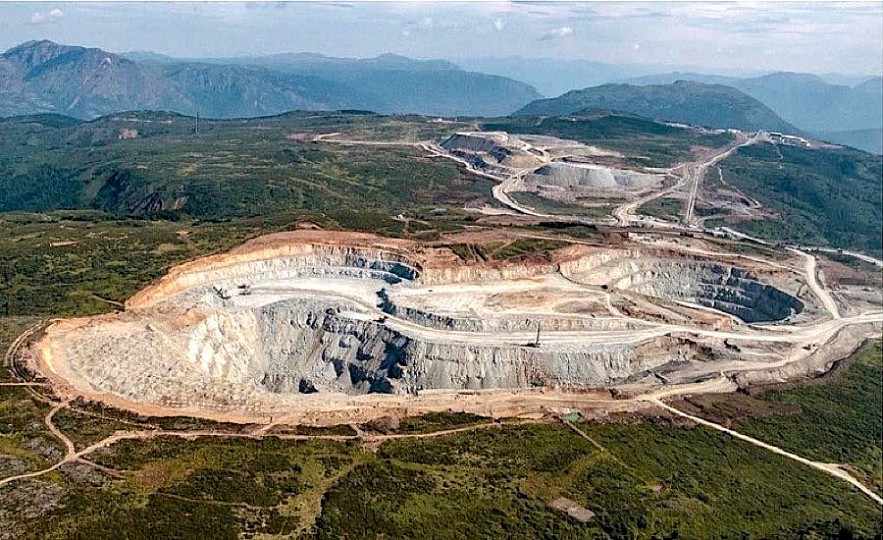 |
| Photo Mining |
Mine production: 170 MT
The first gold discovered in Canada in the 1820s was near the Rivière Chaudière in the Eastern Townships of Quebec. Most of Canada's gold comes from Ontario, particularly from the province's Red Lake gold mine. There are active gold mines in nine provinces and territories, including the most western province, British Columbia, the most northern province, Nunavut, and the most eastern province, Newfoundland. All of Canada's provinces and territories are seeing gold exploration activities, as the country is currently the world's fifth-largest producer of the metal.
Gold, along with government bonds, is one of the most significant reserve assets in the world because it is a source of trust in a country and its economic conditions and does not involve credit or counterparty risks.
6. Ghana
Mine production: 130 MT
With reserves of 138.7 tonnes, Ghana is now among the world's top six producers of gold. The nation in west Africa exports 37% of its minerals, with 90% of its production coming from gold.
Ghana's economy depends heavily on mining since, in the 1980s, the sector was state-owned but is now privately held, drawing in foreign direct investment. The largest tax-paying sector that boosts GDP and creates jobs is the mining industry.
Ghana overtook South Africa, which dropped to the eleventh position in the world. This is probably because AngloGold Ashanti and Gold Fields, two of the biggest mining companies in South Africa, are searching Ghana for lower production costs.
7. Brazil
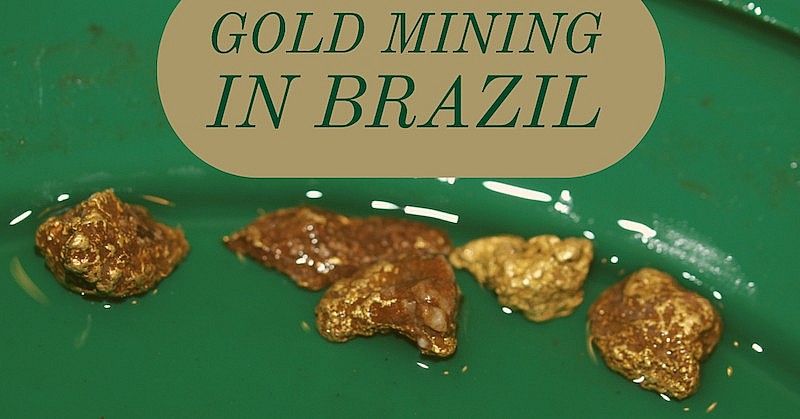 |
| Photo raregoldnuggets |
Mine production: 107.0 MT
Brazil now ranks seventh globally in terms of gold production, having increased from 10th place to 7 tonnes of reserves. According to their respective economic values, gold, iron ore, and copper are the three most valuable mineral commodities produced in Brazil.
About 20% of the world's total gold reserves are found in Brazil. Its gold reserves, however, only make up 3.4% of the global total.9. Additionally, illegal mines account for about 28% of Brazil's gold exports.
8. Uzbekistan
Mine production: 101.6 MT
One of the biggest open-pit mines in the world is the Muruntau gold mine in Uzbekistan. For a long time, Uzbekistan has been producing primarily from its old mines and has not received much funding for exploration.
With 101.6 tonnes of gold reserves, this central Asian nation ranks as the eighth largest producer of the metal. With the one-pit goldfield known as the Muruntau Gold Mine, which is thought to contain over 4000 tonnes of the precious metal, Uzbekistan is home to one of the largest reserves of the metal in the world.
| With further development of its own gold regions, Uzbekistan hopes to emerge in the coming years as one of the world's leading producers of gold. The Uzbek State Committee for Geology recently released data indicating that the nation currently has 63 large-scale gold mining fields with total reserves exceeding 2,500 tonnes of gold and probable reserves (in categories C1 and C2) exceeding 5,990 tonnes of gold. At least nine of these are presently in the development stage, and it's possible that more of these fields will emerge soon. |
9. Mexico
Mine production: 101.6 MT
Mexico has reserves of 101.6 tonnes of gold, making it the ninth-largest producer in the world. Although this is less than the 131 tonnes of gold reserves it held in 2015, Mexico has still come a long way in producing gold—in 2008, the nation only had 50.8 tonnes.
It is also a popular destination for gold mining due to its reputation for having low regulation costs for exploration.
The nation typically exports a significant amount of mining ores and minerals; in 2020, exports reached $15.6 billion, while the trade balance exceeded $12.2 billion. Since 2017, the total amount of mineral ores exported from Mexico has increased steadily by 5.8%.1.
How Long Before Gold Runs Out and What Happens Then?Estimates based on known reserves indicate that gold mining may become economically unsustainable by 2050, though new vein discoveries will probably cause that date to be pushed back a little. While some known reserves that are currently unprofitable to access might be able to be extracted with the help of new technologies, it is unlikely that large-scale gold mining will continue past 2075 absent significant advancements in mining technology or the discovery of previously undiscovered massive gold deposits. Compared to other non-renewable resources like oil, gold has the advantage of being recyclable. Put another way, the phrase "running out of gold" doesn't really capture what happens when a gold mine runs out of gold. Instead, the gold industry will shift from mining to recycling, enabling the recirculation of the world's gold supply. Gold recycling from electronic waste is already well underway, in large part because of the amount of gold used in electronics that are generally considered disposable. Given that a significant portion of gold still ends up in landfills every year, recycling will need to become far more effective in order to meet the demands of the global gold market. How the depletion of gold mines will impact the spot price of gold is one aspect that is extremely hard to forecast. According to the fundamentals of supply and demand in economics, prices should increase significantly in the future if demand keeps rising while the available supply stays the same. Thankfully, gold is still in high demand and is regarded as a sensible investment choice for all investors. |
 Top 10 Most Expensive Foods Infused With Gold In The World Top 10 Most Expensive Foods Infused With Gold In The World Edible gold has been known since the 16th century and is used to decorate foods and drinks. Check out the 10 most expensive foods that ... |
 9 Richest Countries in the World (Updated) 9 Richest Countries in the World (Updated) Wealth is measured in many ways. Some see it purely as the money you have, while others may look at net worth or your overall ... |
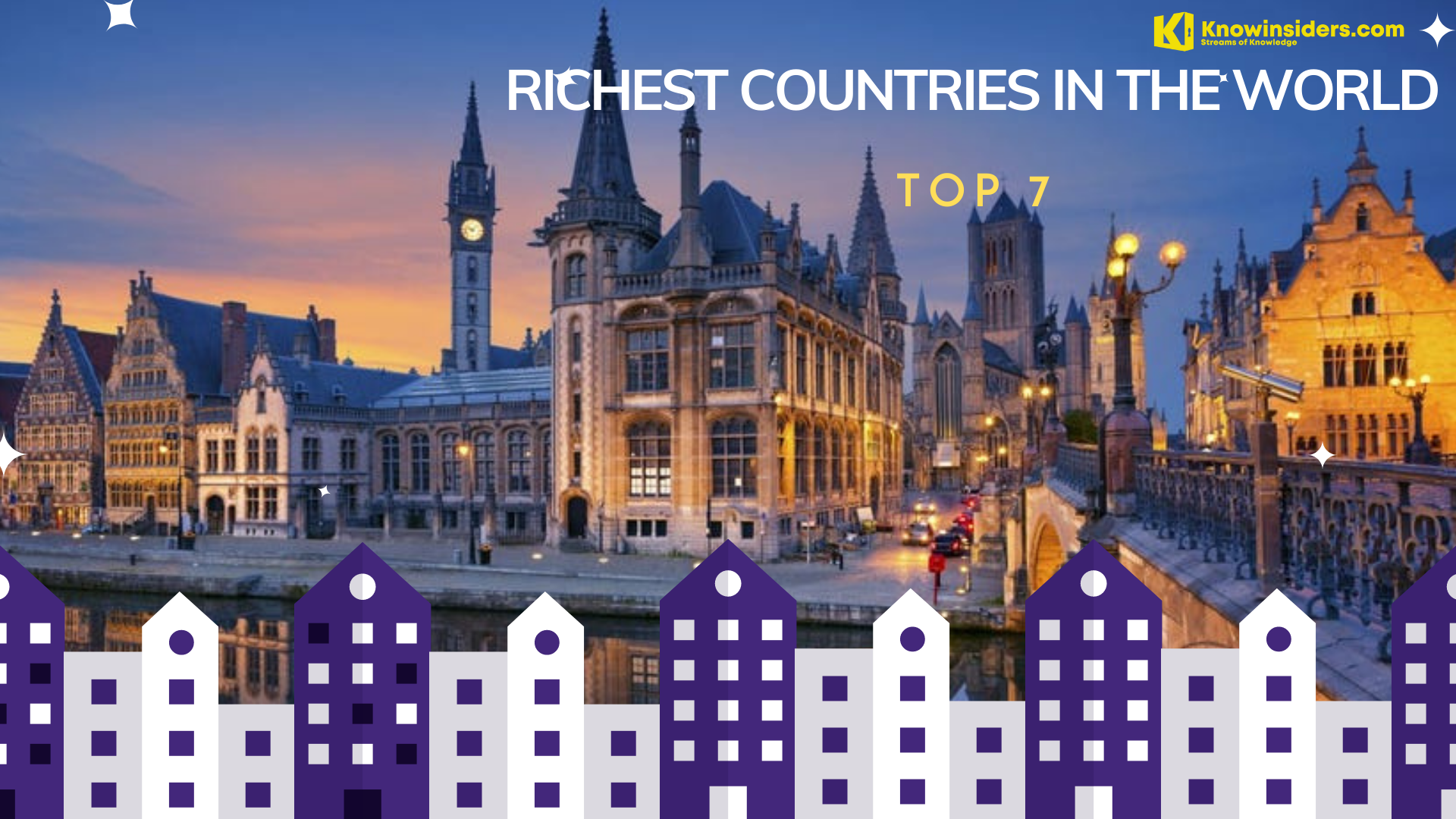 7 Richest Countries In The World by GDP Per Capita 7 Richest Countries In The World by GDP Per Capita The top economies in the world can be ranked by many different metrics. Currently, Luxembourg, one of the smallest sovereign states in Europe, ranks first ... |
























